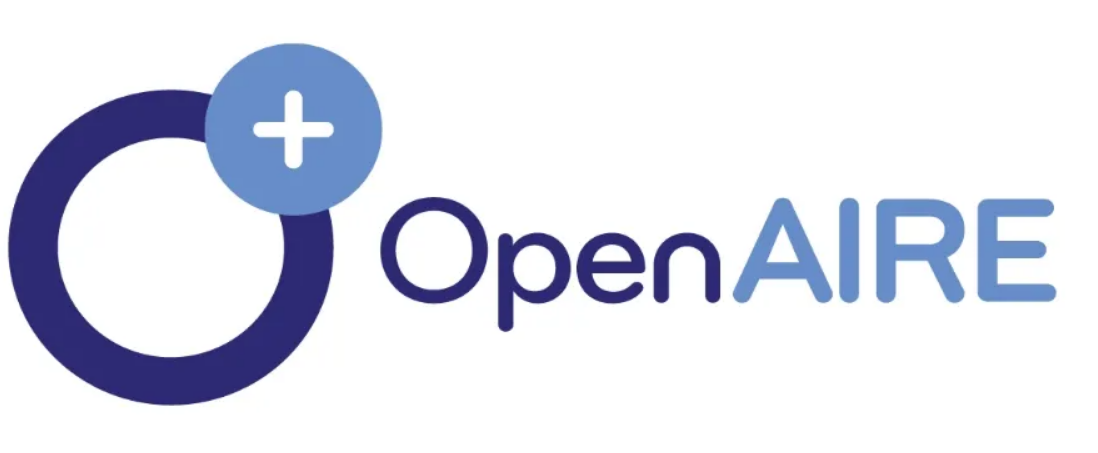Outcome of Titanium Elastic Intramedullary Nailing System in Children with Femoral Shaft Fractures
DOI:
https://doi.org/10.5281/zenodo.15069692Keywords:
Titanium Elastic Nailing System, femoral shaft fractures, pediatric orthopedics, Flynn’s criteria, fracture unionAbstract
Femoral shaft fractures are a common orthopedic injury in children, often requiring prompt and effective management to minimize long-term complications. The Titanium Elastic Intramedullary Nailing System (TENS) has emerged as a preferred treatment method due to its ability to maintain alignment, promote early mobilization, and minimize complications. This study aimed to evaluate the outcomes of TENS in managing pediatric femoral shaft fractures, focusing on union time, functional recovery, and complications using Flynn’s criteria.
A total of 114 children aged 5–15 years with closed femoral shaft fractures were included. Data on demographics, fracture characteristics, and outcomes were collected and analyzed. The mean union time was 7.5 weeks, with 75% of patients achieving excellent outcomes, 20% satisfactory outcomes, and 5% poor outcomes. Complications were rare and limited to minor issues such as hardware prominence, all of which were resolved without additional intervention.
These findings demonstrate that TENS is an effective and safe method for managing pediatric femoral shaft fractures. Its benefits include rapid recovery, minimal complications, and enhanced quality of life for pediatric patients. The results support the routine use of TENS as a reliable treatment modality for femoral shaft fractures in children. Further multicenter studies and long-term follow-ups are recommended to validate these findings and optimize treatment protocols.
Downloads
Published
Issue
Section
License
Copyright (c) 2025 International Journal of Medical Sciences

This work is licensed under a Creative Commons Attribution-NonCommercial-NoDerivatives 4.0 International License.
All articles published in International Journal of Medical Sciences are licensed under a Creative Commons Attribution 4.0 International License (CC BY 4.0). This license allows others to share, copy, distribute, and adapt the work for any purpose, even commercially, as long as appropriate credit is given to the original authors. Authors retain the copyright and agree to have their work published under this license, ensuring the broadest possible dissemination and reuse of their research.
For more information or licensing inquiries, contact mossdigital77@gmail.com.







